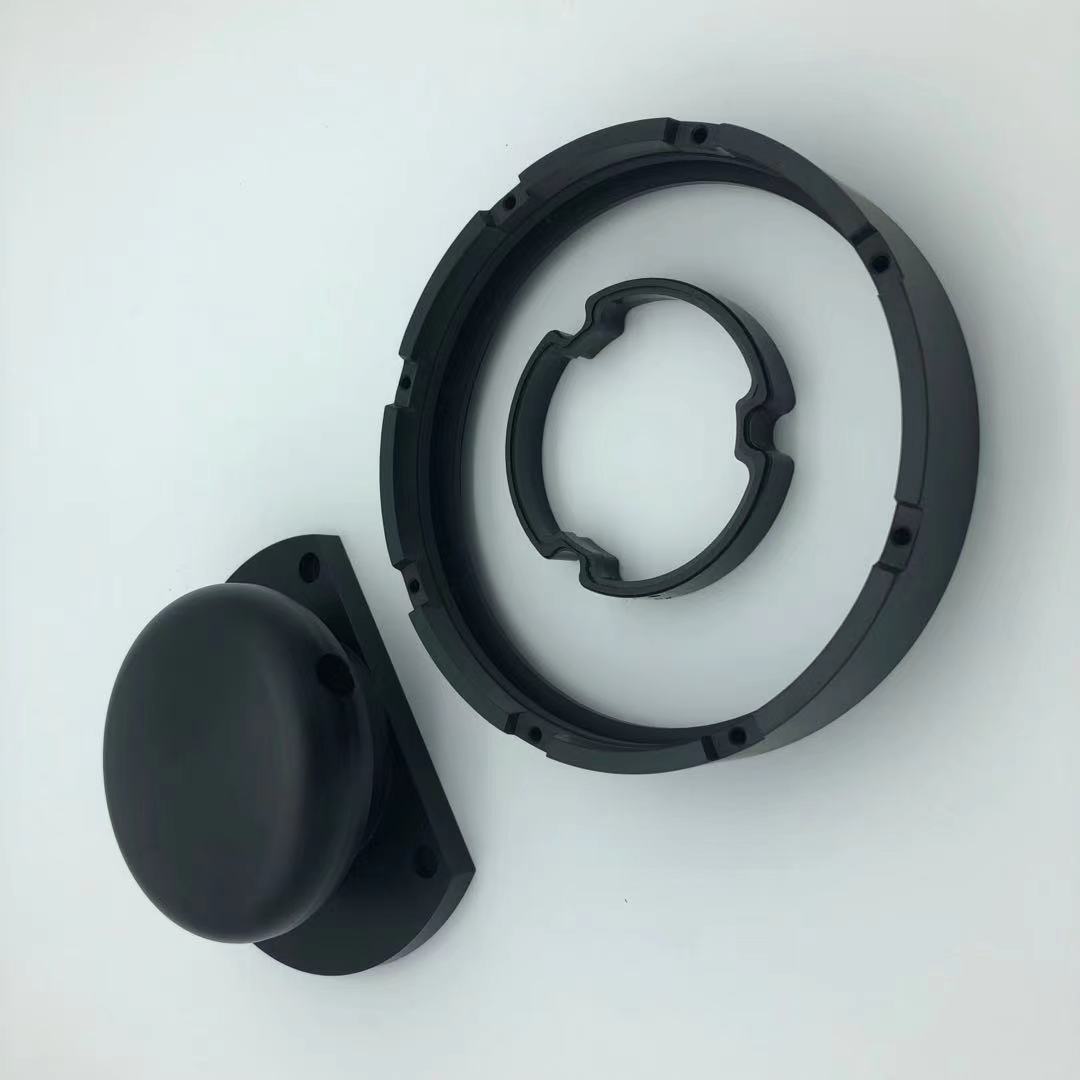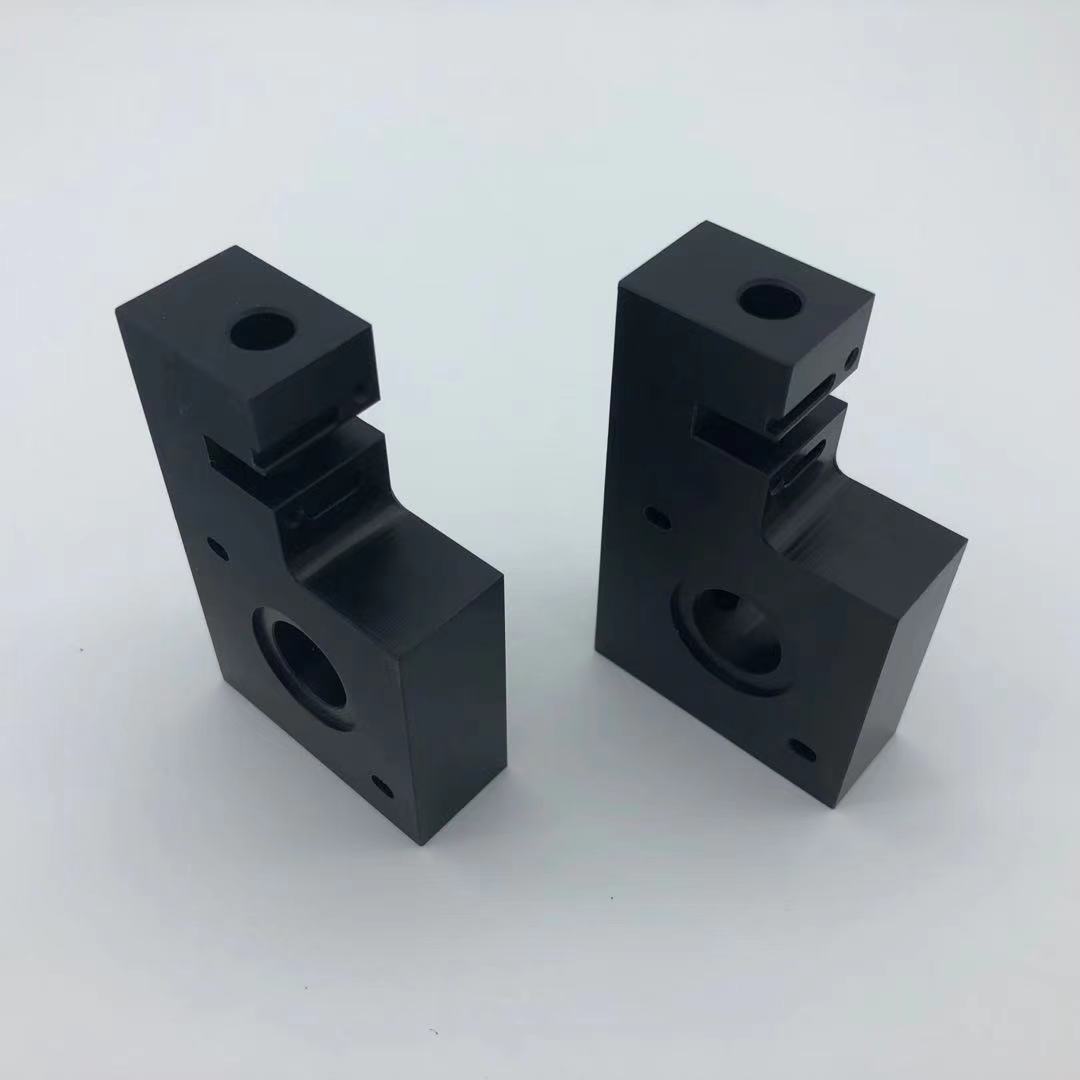
Privacy statement: Your privacy is very important to Us. Our company promises not to disclose your personal information to any external company with out your explicit permission.
CNC machining characteristics of POM
POM, polyxylene homopolymer, is a semi crystalline thermoplastic resin with good impact resistance and wear resistance. Its components are widely used in various industries.
Controlled machining is one of the commonly used processes for processing POM, and the excellent material properties of POM make it very suitable for CNC machining.

The density of POM is 1.410-1.420 grams per cubic centimeter, with a crystallinity of 75~85% and a melting point of 175 ° C. It is very suitable for milling and turning processing, and can also be cut by laser. If it is a granular POM, it can also be used for injection molding and plastic extrusion.
Electrical characteristics
POM has excellent heat resistance, mechanical strength, ability to withstand a large amount of electrical stress, and low moisture absorption, making it a very suitable material for electronic components.
Mechanical strength
The tensile strength of POM is 700-9000 psi, which is very hard, has strong toughness, and has a lower density than metal. It is suitable for lightweight components that need to withstand high pressure.
Fatigue strength and wear resistance
POM is a durable material with excellent fatigue fracture resistance and water resistance in the range of 40-80 ° C. Not easily affected by water, chemicals, or solvents. This feature makes it an ideal material for components that need to withstand repeated impacts and stresses.
Impact resistance
POM can withstand instantaneous impacts without failure, mainly due to its high toughness. The POM after special treatment can provide greater impact resistance.
Good dimensional stability
Dimensional stability refers to the ability to maintain the normal size of a material after exposure to pressure, temperature, and other conditions during processing. POM does not deform during the cutting process and is very suitable for cutting, achieving precise tolerances.
Frictional characteristics
The moving mechanical components are usually lubricated to reduce the friction between them during operation. The surface of POM processed parts is very smooth and does not require lubrication. This function can be used as part of a machine where external lubricants may contaminate products, such as food processing machines.
Hardness
The high tensile strength and durability of POM make it suitable for high stress applications. POM is very powerful and is commonly used as a substitute for steel or aluminum alloys.
Service life
POM can absorb a small amount of water even in the wettest conditions. This means that its structural health can be maintained even in underwater applications.
Tenacity
POM is a very tough material that can withstand a lot of pressure without damage. This excellent durability makes many industrial components the preferred material.
Electrical insulation
POM is an excellent insulator. Therefore, it has been used by many electronic products.
POM also has some drawbacks
Low adhesion
Due to its chemical resistance, POM does not react well with adhesives, making bonding difficult.
Flammability
POM does not extinguish itself, but burns until the oxygen is depleted, belonging to Class A fire.
Thermal sensitivity
Processing POM at high temperatures can cause deformation.

November 17, 2024
November 16, 2024
August 27, 2021
August 26, 2021
PEEK ball is a special type of ball made of polyether ether ketone (PEEK), which has excellent chemical stability, abrasion resistance, and high temperature resistance.PEEK ball is widely used in...
PVDF Application Areas Different models of PVDF products are suitable for different application scenarios. According to application fields, PVDF can be divided into conventional grade products and...
Application Performance Advantages of MC nylon MC nylon is a new type of engineering plastics, due to its outstanding comprehensive performance, so that its status in engineering plastics is rapidly...
Types of nylon: 1. Nylon - 6 (PA6) Nylon -6, also known as polyamide -6, that is, polycaprolactam. Translucent or opaque opalescent resin. 2. Nylon - 66 (PA66) Nylon-66, also known as polyamide-66,...
Email to this supplier
November 17, 2024
November 16, 2024
August 27, 2021
August 26, 2021

Privacy statement: Your privacy is very important to Us. Our company promises not to disclose your personal information to any external company with out your explicit permission.

Fill in more information so that we can get in touch with you faster
Privacy statement: Your privacy is very important to Us. Our company promises not to disclose your personal information to any external company with out your explicit permission.